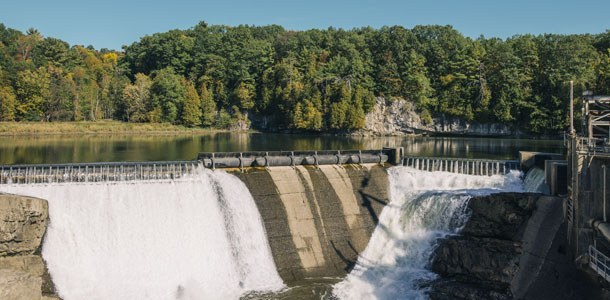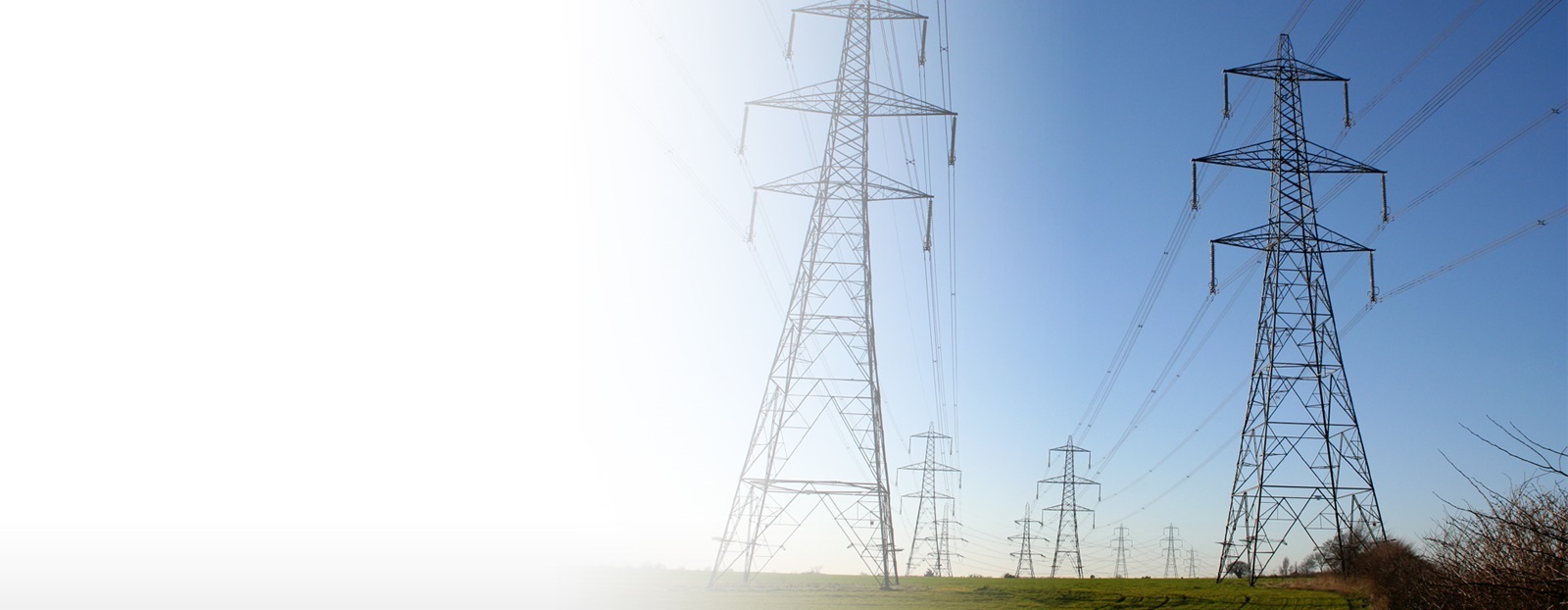About electricity distribution
Traveling at 300,000 km/s within the distribution network, electricity passes through cables suspended from towers connecting the generating stations to source substations, which lower the voltage. It then reaches the satellite substations, which further reduce the voltage. Electricity leaves the satellite substations through underground lines which then change into overhead lines. Transformers attached to poles lower the voltage one last time, allowing for power distribution to the consumer.

Diverse sources
Green Mountain Power generates a portion of the electricity it distributes but most of its supply is purchased from different producers. Its supply portfolio comprises several sources of power generation, including hydroelectricity (GMP buys Hydro-Québec 23% of the electricity it distributes) and wind and solar power. GMP also buys electricity produced from cattle manure, a process by which dairy cow excrement is transformed into electric energy.
Hydroelectricity generation in Vermont
Water: the source of one of our renewable energies
About hydroelectricity
A hydroelectric generating station is a plant that uses water as the driving force to produce energy. Water enters the generating station and travels through a pipe that quickly drives it to the turbine. The turbine's role is to use the water's energy to turn the generator, which converts the mechanical energy to electrical energy. The water is sent back to the river by way of a tailrace.
Power generation
With 32 hydro stations, Green Mountain Power has the largest portfolio of hydroelectric generating stations in New England. These assets enable GMP to generate a portion of the hydroelectricity that serves its customers.


The biggest network of charging stations in the northern US
Switching from oil to electricity for transportation is a key way to fight climate change. Our subsidiary, Green Mountain Power, is actively investing in electric vehicle charging infrastructure. In partnership with EVgo Inc. (which operates a public charging station network in the United States), Green Mountain Power powers charging stations across Vermont. This network helps citizens lower their greenhouse gas emissions and reduce pollution.
Imagining energy differently
We believe that the future of energy lies in diversity.
That’s why Énergir (directly and through its subsidiaries) is actively involved in developing renewable natural gas and liquefied and compressed natural gas, as well as solar, wind and hydroelectric projects.
